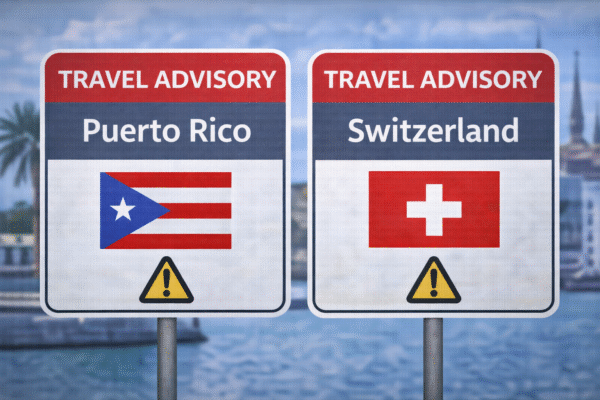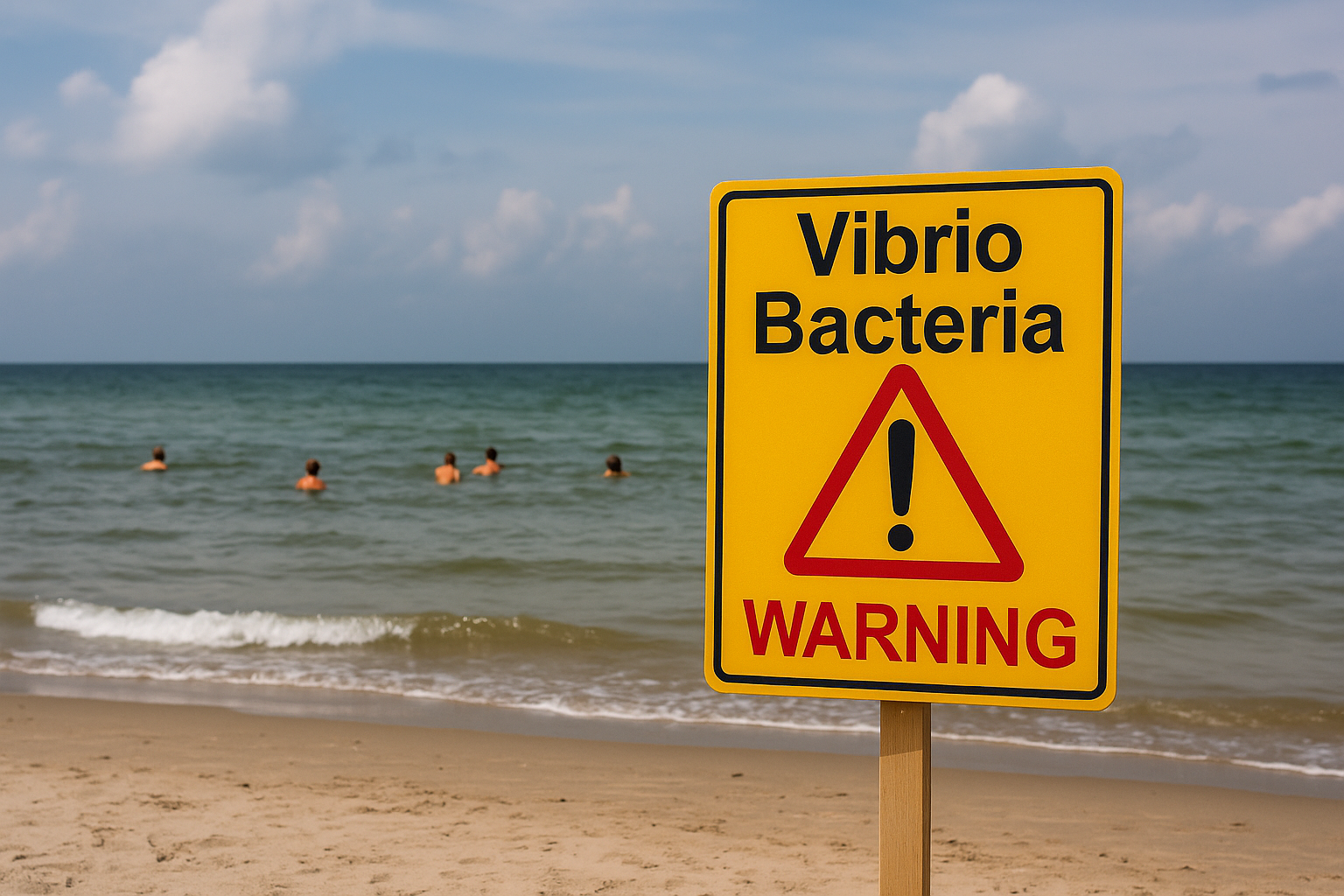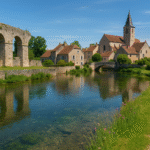As summer heats up across Northern Europe, the Netherlands has officially joined Germany, Denmark, Poland, Russia, Sweden, and Lithuania in issuing public health alerts over the growing risk of Vibrio bacteria infections along the Baltic Sea. The announcement follows the latest European Centre for Disease Prevention and Control (ECDC) update, which warns that climate change-driven rising sea temperatures and decreasing salinity are creating ideal conditions for the spread of these harmful bacteria.
With more people flocking to the coasts for summer holidays, health authorities are urging tourists, swimmers, and seafood consumers to take extra precautions as Vibrio-related illnesses increase.
What Is Vibrio and Why It Matters for Tourists
Vibrio bacteria are a group of naturally occurring microorganisms found in brackish, warm coastal waters — particularly where saltwater and freshwater meet, such as estuaries and bays. As Baltic Sea surface temperatures rise above 20°C, the bacteria flourish, posing serious health risks to those exposed.
- Vibrio Infection Symptoms Include:
Watery diarrhoea and abdominal cramps - Vomiting, fever, and chills
- Severe wound infections
- In extreme cases: necrotising fasciitis (flesh-eating disease), sepsis, or amputation
- Transmission occurs in two main ways:
- Exposure of wounds or broken skin to contaminated sea water.
- Eating raw or undercooked shellfish, particularly oysters.
ECDC Vibrio Risk Map Shows Baltic Danger Zones
The ECDC’s interactive Vibrio suitability map viewer uses satellite monitoring to track ideal bacterial growth zones. Real-time data pinpoints danger areas where infection is most likely, especially during summer heatwaves.
Current High-Risk Zones Identified:
Netherlands: Northern coastal zones near the Wadden Sea
Germany: Mecklenburg-Western Pomerania beaches
Denmark: Eastern coastlines including Jutland
Poland: Pomeranian Voivodeship beaches and Gdańsk Bay
Russia: Kaliningrad coastal waters
Sweden: Southern and eastern Baltic seaboards
Lithuania: Klaipėda region beaches
Climate Change Driving the Surge
According to the ECDC, climate change is the leading driver behind the expansion of Vibrio infections in Europe. The warming of the Baltic Sea, coupled with lower salinity levels, has created a “perfect storm” for Vibrio bacteria to thrive.
During the record-breaking summer of 2018, 445 Vibrio infections were recorded in Europe—compared to an annual average of just 126 cases between 2014 and 2017. This surge is now being replicated in 2025 amid extreme heat events across the continent.
Who’s Most at Risk?
While many people exposed to Vibrio bacteria experience mild illness, high-risk groups face potentially life-threatening outcomes. Those most vulnerable include:
Elderly adults (65+)
People with liver disease or compromised immune systems
Patients undergoing cancer treatment
Individuals with diabetes or chronic wounds
For these groups, a simple swim or bite of raw seafood can quickly escalate into a medical emergency.
ECDC’s Travel and Health Precautions
To help safeguard both locals and visitors this summer, the ECDC recommends the following preventive measures:
For Swimmers:
Avoid swimming in the Baltic Sea with open cuts or recent surgical wounds.
Shower thoroughly after seawater exposure.
Monitor local beach advisories and avoid swimming during heatwaves.
For Seafood Consumers:
Do not eat raw or undercooked oysters, mussels, or clams.
Cook seafood to internal temperatures above 63°C (145°F).
Keep raw seafood refrigerated below 5°C and avoid cross-contamination.
For Travelers:
Stay informed by checking ECDC’s Vibrio suitability maps.
Follow updates from local health authorities and beach warning systems.
Consider safer water activities like chlorinated pools, especially for vulnerable individuals.
Regional Governments Act to Raise Awareness
Governments in the Netherlands and neighboring countries are ramping up public information campaigns. Tourists visiting coastal towns such as Zandvoort, Scheveningen, and Texel may notice new signage alerting swimmers to potential risks, especially during periods of prolonged heat and low wind.
In Germany, Denmark, and Poland, trial programs are underway to test beach water in real time for Vibrio levels. Alerts are issued when conditions become especially conducive to bacterial growth, allowing for rapid public notification.
Climate Change and Coastal Tourism: A New Reality
This escalating Vibrio crisis reflects a broader climate challenge for the Baltic region’s summer tourism economy, which relies heavily on beachgoers, cruise passengers, and seafood lovers. With sea temperatures continuing to climb, public health safety will play a growing role in destination management.
For holidaymakers in the Netherlands and surrounding Baltic nations, staying vigilant is key. While there is no guaranteed way to avoid Vibrio exposure, awareness and action can help prevent illness.
Conclusion: Caution Key Along the Baltic Coast
As the Netherlands joins six other countries in sounding the alarm, it’s clear that the climate-driven Vibrio bacteria threat is here to stay—at least for the foreseeable future. Health experts advise simple precautions: stay informed, swim safely, and eat responsibly.
For the millions expected to visit the Baltic Sea region this summer, taking the right steps can turn a potential health hazard into a safe and enjoyable beach holiday.
For more travel news like this, keep reading Global Travel Wire
















